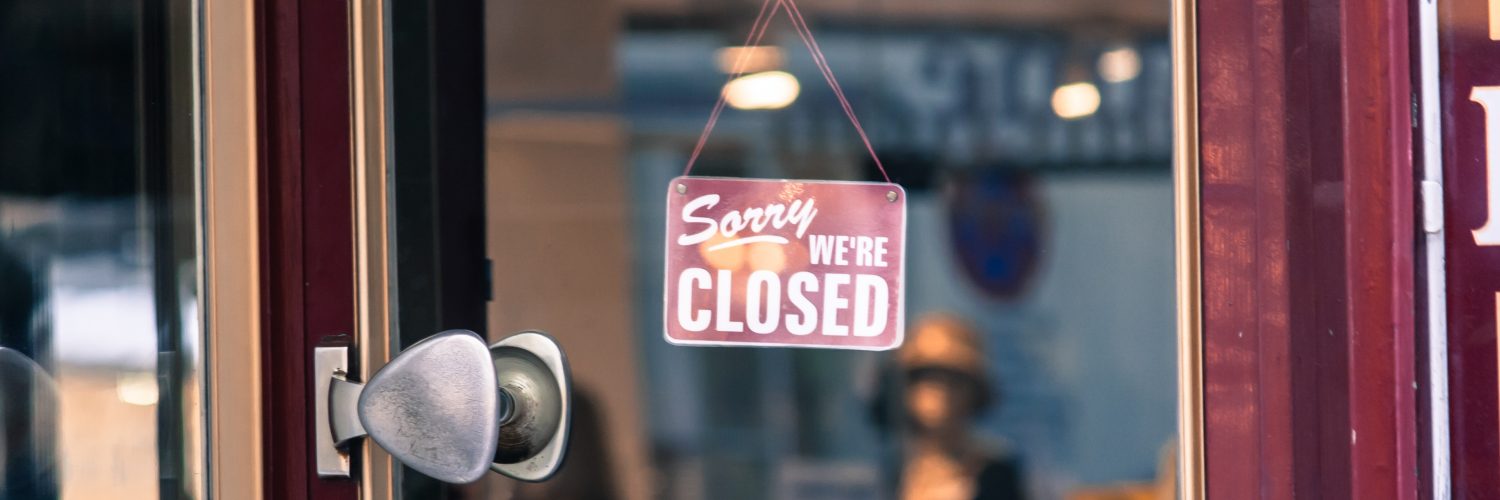On June 10, Secretary of Treasury Mnuchin and Small Business Administration (SBA) Administrator Carranza testified before the Senate Committee on Small Business and Entrepreneurship on the implementation of the CARES Act, including the Paycheck Protection Program (PPP). Later that day, the SBA released another interim final rule and updated Loan Forgiveness Applications, primarily to implement the changes and requirements included in the Paycheck Protection Flexibility Act (PPFA), which was signed into law on June 5.
Both Secretary Mnuchin and Administrator Carranza lauded PPP in their written testimonies:
- While admitting that the PPP had a bumpy start, Secretary Mnuchin praised the program for keeping “tens of millions of employees connected to their jobs,” and cited a National Federation of Independent Business finding that 73% of its members surveyed rehired or retained workers due to the PPP.
- Administrator Carranza cited the number of interim final rules (16) and other guidance (e.g., 48 FAQs) issued by the SBA in conjunction with the Treasury Department, as well as the number of new lenders approved (more than 3,600) and actions taken to ensure that small lenders and the small businesses they serve had adequate access to available funds.
Mnuchin, to the displeasure of some Committee members, refused to disclose the recipients of PPP loans on the grounds of confidentiality and privacy even though the borrower application cautions that loans may be disclosed. He did volunteer that $12 billion in funds were returned after pressure on larger firms that did not need the funds and/or had other funding sources available. He signaled that the Administration plans to loosen PPP restrictions on borrowers with criminal records (discussed below) and is open to further modifications. There is broad bipartisan support for additional PPP funding, including, among other ideas, allowing borrowers to apply for a second PPP loan.
Finally, Mnuchin suggested that new forgiveness forms would make it much easier for businesses to convert loans into grants and predicted that the modified forgiveness rules included in the PPFA would spur demand for the $130 billion in funds remaining for the program, especially from restaurants.
Late in the evening of June 10, the SBA released an interim final rule (IFR) to implement the PPFA. The IFR:
- Confirms that the 60% forgiveness threshold for payroll costs is not a cliff event and borrowers that use less than 60% during the forgiveness covered period will still be eligible for partial loan forgiveness.
- Extends the loan forgiveness period from eight weeks to 24 weeks and extends the end date of the “covered period” for a PPP loan from June 30, 2020 to December 31, 2020. (For loans made prior to June 5, 2020, borrowers may opt to keep the forgiveness period at eight weeks.)
- Provides a five-year maturity for loans made on or after June 5, 2020 and provides an option for loans made prior to that date to extend maturity from two years to five years at the mutual agreement of the borrower and lender.
- Clarifies that if a borrower submits its forgiveness application within 10 months of the end of the loan forgiveness period, the borrower will not have to make any payments on the loan before the date SBA remits the forgiven amount to the lender.
- Confirms that the last day a lender can obtain an SBA loan number for a PPP loan is June 30, 2020.
Concurrently with the release of the new IFR, the SBA also released updated, streamlined borrower and lender application forms for loans made after June 5, 2020.
The SBA also indicated that it would need to issue additional revisions to its interim final rules on loan forgiveness and loan review procedures to address changes made by the PPFA.
Applicants With Prior Felony Convictions
On June 12, 2020, the SBA released a new interim final rule (IFR), a revised borrower application and a revised lender guaranty form to expand eligibility of PPP for applicants with prior felony convictions. Prior to this modification, businesses were ineligible for PPP loans if 20% or more of their equity was owned by someone who had been convicted of a felony in the past five years. Under the new IFR, the prohibition is reduced to one year for businesses whose owners have been convicted of non-financial felonies. The five-year period remains in place for felonies involving fraud, bribery, embezzlement or false statements on applications for loans or federal assistance. The IFR is effective immediately without a public comment period.
The initial interpretation of eligibility of felons in PPP was contrary to other SBA programs which don’t impose an outright ban on applicants with felonies but do subject them to a “good character” evaluation. With the recent change, more felons will be eligible to apply for PPP loans, though they may still encounter challenges with existing client on-boarding standards.



Add comment